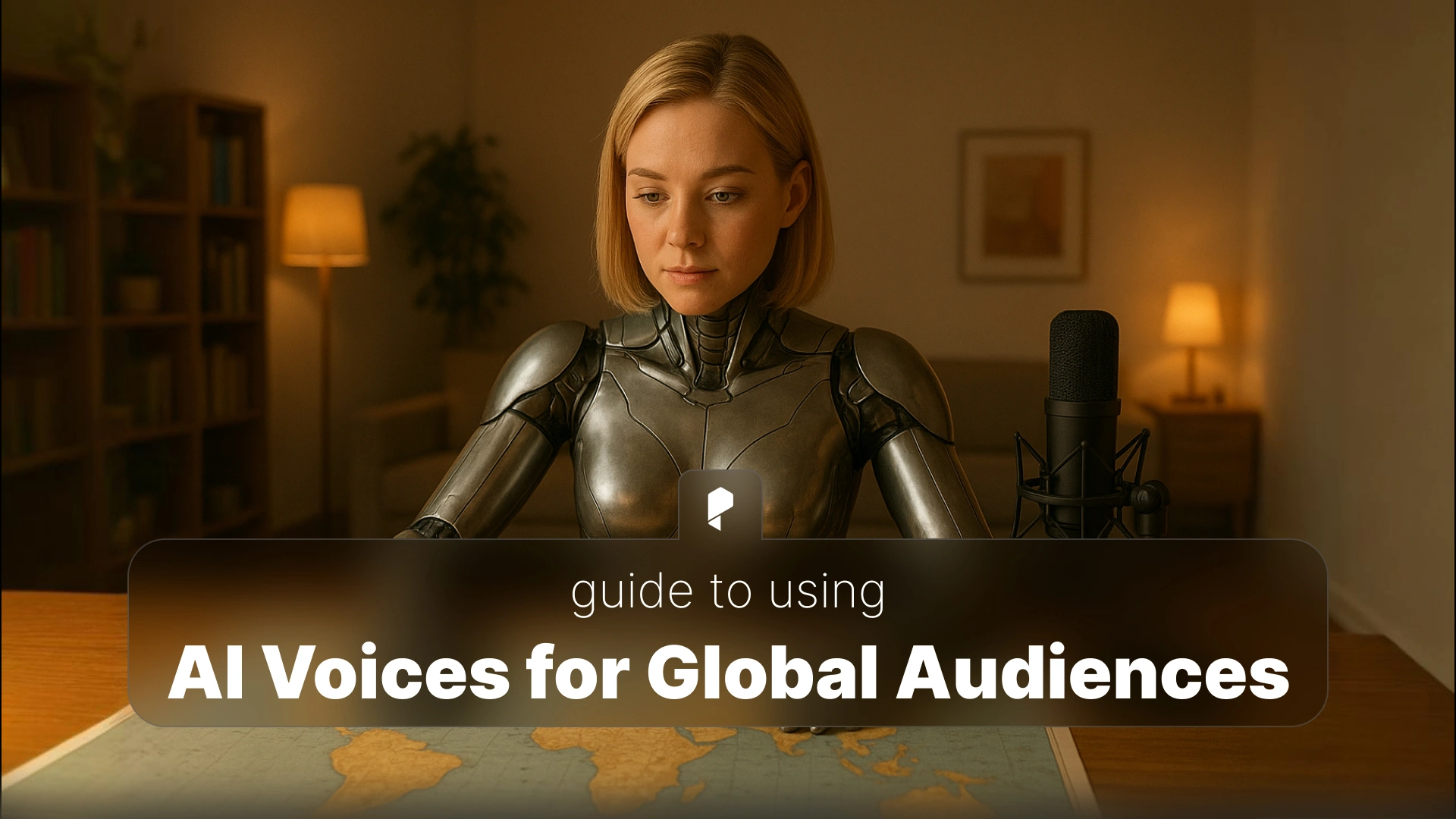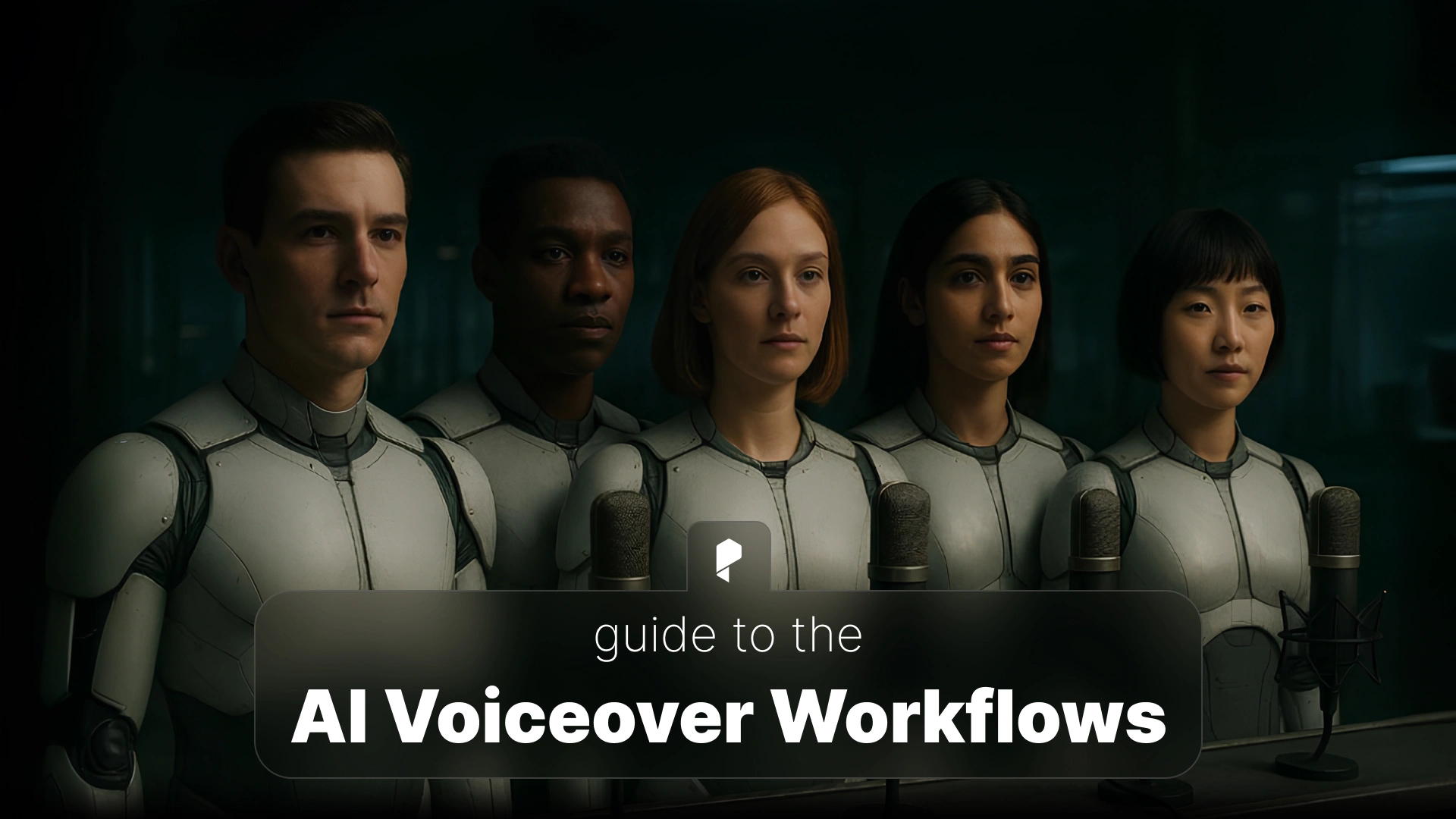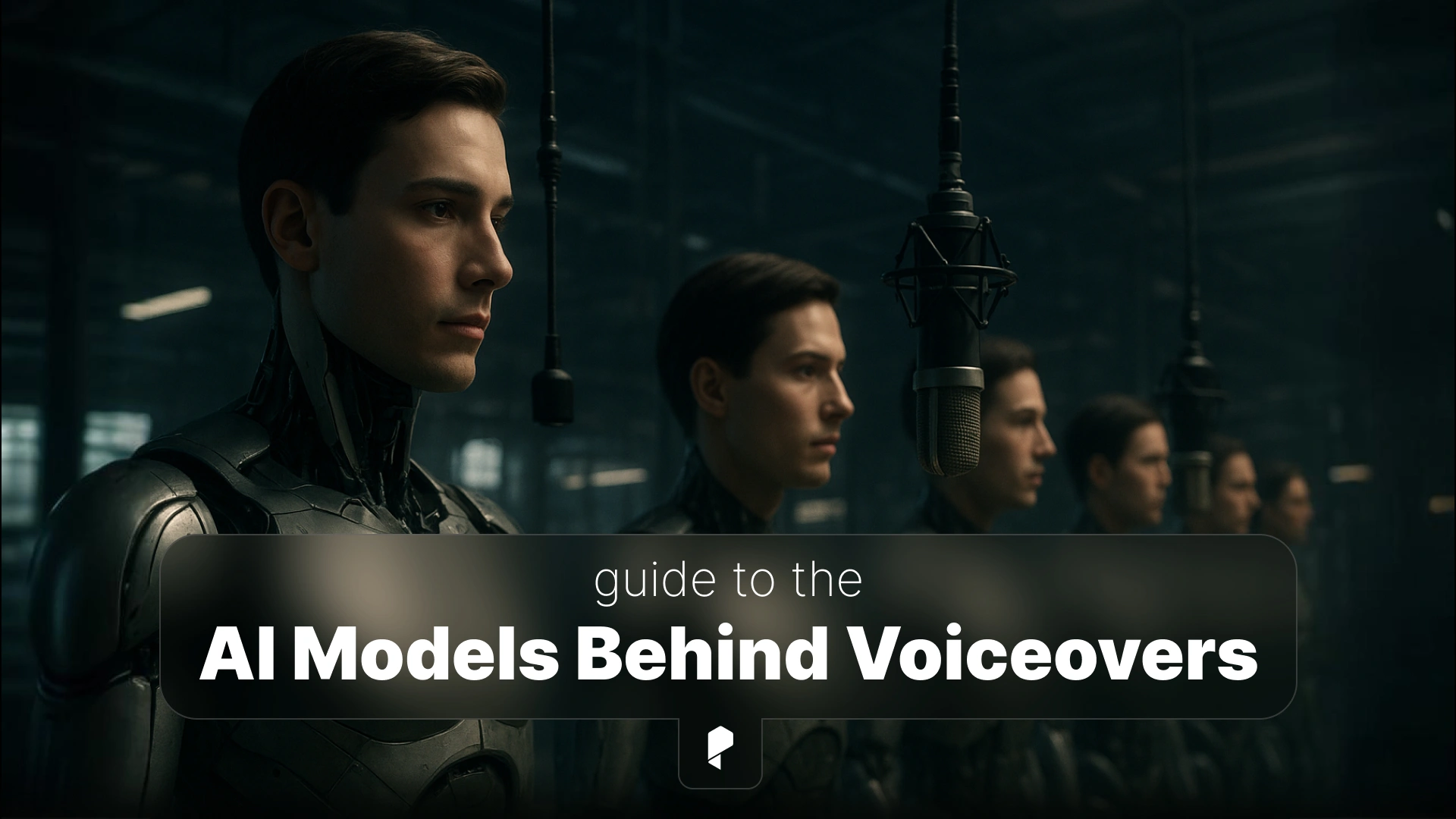Accessibility and Inclusivity: How AI Voices Are Empowering Global Audiences

However, traditional methods of producing voice content have often left behind individuals with disabilities or those who do not speak the dominant languages. This gap in accessibility and inclusion means that millions of people struggle to access information, education, and entertainment that many take for granted.
AI voiceovers are changing that. Through multilingual, customizable, and inclusive speech technologies, they are giving creators and businesses the power to reach everyone, regardless of ability, language, or geography. This shift is more than a technological advancement; it is a movement toward true digital equality.
If you’re curious about how this technology works, you can explore Pixflow’s AI Voiceover tool or read AI Voiceovers: The Complete Guide to understand the fundamentals of voice generation.
Why Accessibility Matters in the Age of AI Voiceovers
Audio content allows information to reach audiences who cannot rely on written formats. A student with dyslexia can listen to study materials, while someone with low vision can access online articles or social media posts through text-to-speech tools. For global businesses and media creators, audio narration ensures their messages are heard and understood beyond text-based limitations.
Real-world examples already highlight this transformation. In education, AI-powered narrators make e-learning platforms more inclusive for neurodiverse students. In enterprise environments, automated voiceovers help teams distribute content in multiple languages without expensive dubbing processes. Even in entertainment, multilingual AI voiceovers allow creators to share videos with diverse audiences around the world, instantly and effectively.
The Role of AI Voice Technology in Accessibility
Modern AI voiceovers go beyond basic narration. They allow users to personalize their listening experience by adjusting tone, pitch, and pace, making comprehension and comfort a priority. This flexibility turns technology into a more human-centered experience, helping users engage with information in ways that suit their needs best.
Voice assistants, e-learning narrators, and automated reading tools now make digital spaces more inclusive than ever. The progress in accessibility in voice technology shows that AI is not replacing human voices but extending their reach. To explore where this innovation is heading, take a look at The Future of AI Voice Technology.
Multilingual and Cross-Cultural Communication
Creators and brands can instantly localize videos, courses, or product demos to fit their audience’s native language. This not only expands their reach but also builds trust through cultural familiarity. For instance, one video can now be voiced in 27 different languages using AI-powered voiceover tools like Pixflow AI Voiceover, giving creators near-instant access to global markets.
This kind of cross-cultural communication helps brands grow internationally and enables educational institutions to serve multilingual learners more effectively. The combination of voice technology and translation AI is turning global communication into a seamless process, making it easier than ever to connect authentically with diverse audiences.
For creators looking to integrate this capability into their workflows, Integrating AI Voiceovers Into Workflows (APIs, Plugins) explains how multilingual voice tools can be added directly into existing content pipelines.
Inclusive AI Voice Design
When voice datasets lack diversity, they risk amplifying cultural bias or creating voices that sound unnatural or exclusionary to certain audiences. Developers are now focusing on training AI models using balanced and representative data to better capture the world’s linguistic richness.
Representation in AI voice libraries is crucial because voices carry identity. The tone, accent, and delivery of speech influence how listeners perceive messages and whether they feel included. Inclusive AI design ensures that everyone can hear and be heard in a way that aligns with their background and culture.
For more insights on creating personalized and expressive AI voices, check out Customizing AI Voices (Emotion and Pacing), which explores how emotional realism and vocal variety enhance inclusivity in digital communication.
Challenges in Global Accessibility
Language nuances also remain a hurdle. AI models often struggle with tonal variations, idiomatic expressions, and pronunciation differences that are vital for authentic communication. These subtle yet important elements affect how well users connect with the content and whether they feel the voice truly represents their culture.
There are also ethical considerations. When designing voices that mimic real-world accents and identities, developers must ensure that these representations are respectful and not stereotypical. Biases in training datasets can unintentionally favor certain linguistic or cultural groups over others. The ongoing work in inclusive design aims to correct these imbalances, but it requires collaboration between technologists, linguists, and cultural experts to build truly fair voice systems.
For a broader perspective on this topic, Ethical Concerns: Deepfakes and Voice Cloning Risks discusses how AI developers are tackling moral and authenticity challenges in voice technology.
Real-World Applications
Accessibility compliance is another growing application. Businesses and institutions use AI-generated audio to meet global accessibility standards such as WCAG and ADA. By adding AI narration to websites, apps, and digital content, they make their services available to users who rely on screen readers or voice navigation.
Customer support is also benefiting from multilingual AI voice bots. These systems can answer questions, provide guidance, and handle requests in the customer’s native language, reducing the need for human translators. This improves user experience while keeping costs manageable for companies operating across borders.
If you’re interested in the education use case, AI Voiceovers for E-Learning and Online Courses dives deeper into how this technology supports inclusive learning.
The Future of Inclusive AI Voiceovers
As datasets continue to grow, we can expect more regional accents, local dialects, and language variations to be included in voice libraries. This expansion will not only make AI voices more representative but also help preserve linguistic diversity that might otherwise fade in the digital world.
Collaboration will be key. Developers, educators, and accessibility advocates around the world are working together to establish global standards for voice inclusivity. These efforts will ensure that future AI systems are designed with fairness, respect, and accessibility at their core.
Conclusion
The path forward is one of collaboration, representation, and empathy. As voice technology becomes more advanced and inclusive, it will continue to empower global audiences and make digital experiences more human for everyone.
If you are ready to create content that speaks to everyone, explore Pixflow’s AI Voiceover platform to discover multilingual, inclusive, and emotionally expressive voices designed for creators around the world.





